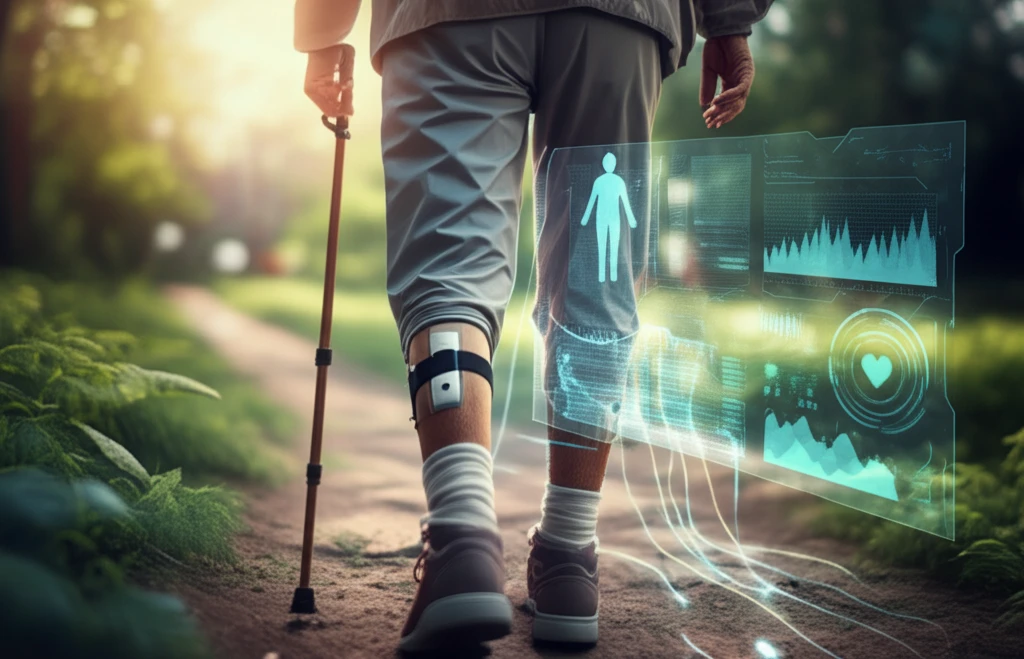
Unlocking Longevity: Can Wearable Tech and Early Detection Redefine Frailty in Aging?
"New studies explore innovative ways to track frailty, from wearable sensors that measure propulsion to modified definitions that better identify at-risk individuals."
As the global population ages, understanding and addressing frailty becomes increasingly critical. Frailty, characterized by a decline in physiological reserves, increases vulnerability to stressors and adverse health outcomes. Recent studies are exploring innovative methods to detect and manage frailty, focusing on early identification and personalized interventions.
One promising area of research involves the use of wearable technology to track subtle changes in gait and movement, potentially providing an objective measure of frailty in real-time. Another approach refines existing frailty definitions to better identify at-risk individuals within specific populations. These advancements pave the way for proactive strategies to improve the health and well-being of older adults, helping them maintain independence and quality of life for longer.
This article delves into the latest findings from several key studies, highlighting the potential of wearable sensors and modified frailty assessments to revolutionize geriatric care. By understanding these advancements, caregivers, healthcare professionals, and older adults themselves can take proactive steps to mitigate the effects of frailty and promote healthy aging.
Smart Wearables: Tracking Propulsion to Determine Frailty

One of the studies highlighted the use of wearable sensors to measure propulsion performance during walking. Researchers hypothesized that propulsion, the force that drives us forward, could be a key indicator of frailty. They equipped 161 older adults with sensors on their lower shins to measure angular acceleration and velocity during a 4.5-meter walking test.
- Objective Measurement: Wearable sensors provide objective, real-time data on gait and movement, reducing reliance on subjective self-reports.
- Early Detection: Subtle changes in propulsion can be detected early, allowing for timely interventions to prevent further decline.
- Remote Monitoring: Wearable technology enables remote monitoring of frailty, expanding access to care for older adults in various settings.
Refining Frailty Definitions: The Modified Frailty Phenotype
While objective measures like wearable sensors offer valuable insights, refining existing frailty definitions is equally important. One study focused on validating a modified Frailty Phenotype in older Mexican Americans. The original Frailty Phenotype includes criteria such as unintentional weight loss, weakness, exhaustion, slowness, and low physical activity. However, the modified version replaced the physical activity criterion with "unable to walk" or "need help to walk half a mile," making it more relevant to this specific population.
